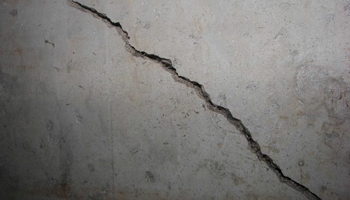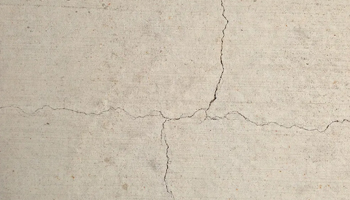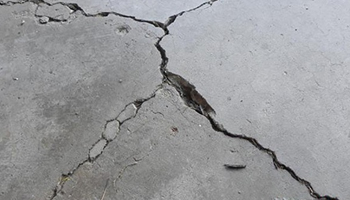What if you find a crack in the basement walls? Immediately you start worrying about it as you have no idea of the type of the crack and the reason for it.
As a homeowner, it is necessary to find out whether the crack is harmless or severe so that you can take necessary precautions not to make it worse and prevent it from damaging your home. Knowing what causes them and the means of repairing them is crucial since it might help you from unnecessary worry and panic.
Let's look into the most common types of cracks that occur and ways to assess their potential seriousness. Keep reading!
Causes of Foundation Cracks
Numerous reasons can impact a building foundation, such as
• dry summer heat and excessive rain weather conditions
• due to poor drainage conditions
• ground's moisture from tree roots

• poor soil compaction and engineering
• insufficient rebar’s in the foundation
• due to frost uplift or heaving
Foundation cracks may also occur due to frequent plumbing leakages in water lines and sewer lines, differential foundation settlement, expansive soils and geotechnical issues.
Types of Foundation Cracks
Horizontal Cracks
These cracks are often visible in concrete block construction, mainly caused by soil or water pressures. In most cases, we cannot diagnose its cause. They may cause due to frost heave, excessive backfilling and the result of heavy equipment.

Horizontal cracks are considered of serious type, and we cannot ignore them. Monitor them regularly and see if they will worsen and if it is, contact your building contractor.
Vertical Cracks
Vertical cracks often occur shortly after the construction, and they are common in many homes and non-threatening. They are caused by rains that exert pressure on the foundation or natural concrete curing process.

We can seal these foundation cracks by applying water-resistant epoxy and polyurethane crack injection.
Diagonal Cracks
These cracks do not pose a grave threat as horizontal cracks do but should not be left unchecked. They are found running a maximum of 30 degrees vertical and occur when some sections settle faster than others.

If you notice more than 30 degrees, it's time to consult a professional. If not, these cracks are restored the same as vertical cracks.
Hairline Cracks
Hairline cracks are caused by the settling and drying of the foundation within a year. It is a minor type of crack that occurs in the mortar between bricks or concrete blocks.

Due to seasonal changes, foundations begin to shrink, which results in hairline cracks. Repair it with hydraulic cement or urethane caulk before they start to widen and allow water seepage.
Stair-Step Cracks
These cracks are most dangerous and pose a severe threat to the integrity of your basement foundation. They commonly run in stairs shape line and beset concrete blocks and bricks foundations.

Differential settlement, sinking in one area, and moisture-related problems are the prime causes, and these cracks often indicate hydrostatic pressure as soggy soil pushes in on the walls. The longer you wait, the more damage it can cause to your foundation.
Foundation Slab Cracks
Natural drying, settling, and improper curing of the concrete slab can cause foundation slab cracks. Slab settlement issues caused by poor crafting or poor soil conditions also may be the reason for them.

These cracks look similar to hairline cracks, and if it exceeds 1 inch, call a foundation expert and repair it soon.
Preventive Measures
• Make sure that the drainage is away from the foundation outline.
• Check for leakages inside and outside of your house.

• Plant the trees (sizes up to 70 feet tall) at least 15 feet away from your house.
• Maintain the soil at constant temperature levels surrounding your foundation.
Foundation cracks cannot disappear with time; they only get worse with time. So, if you find a foundation crack in your home, it should be noted and attended to immediately, sooner the better.





















